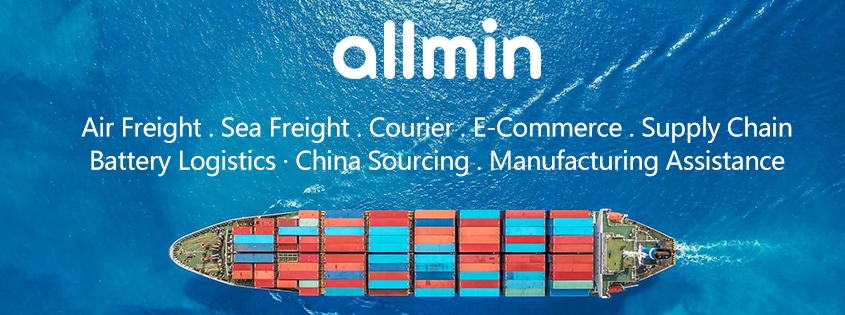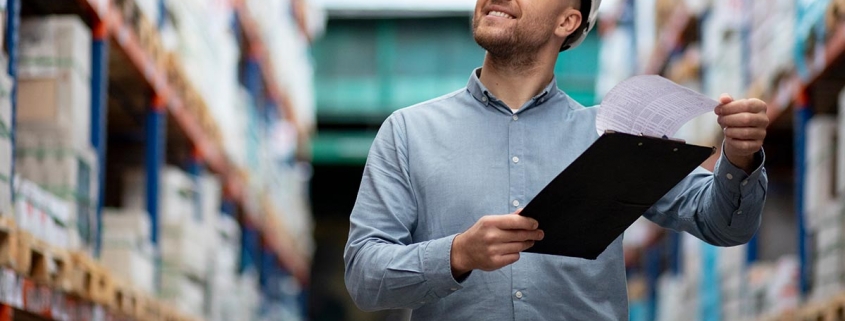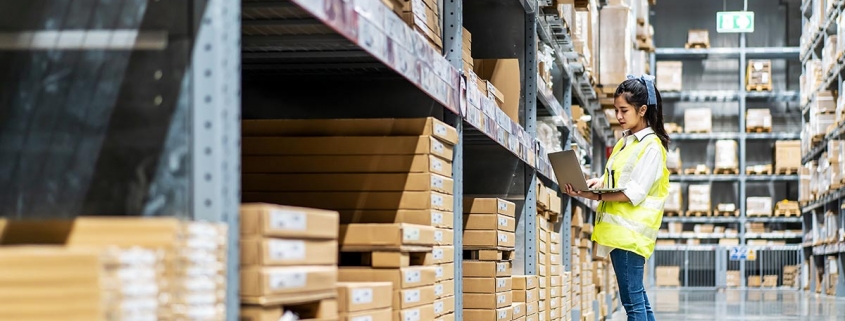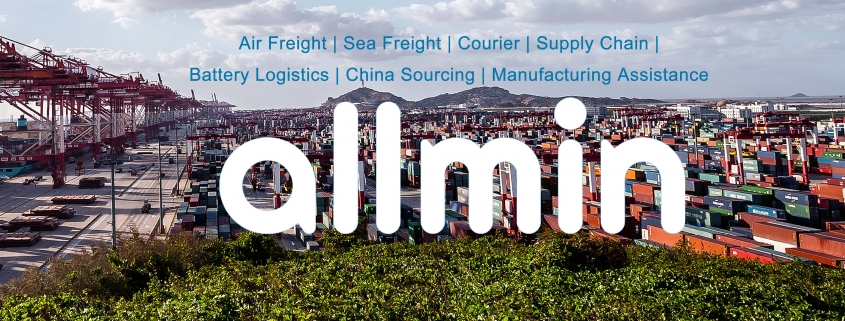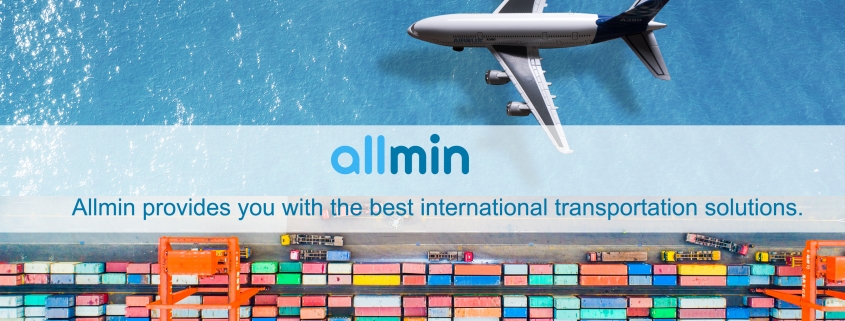【International Logistics: Decoding the Logistics Services of Global E-commerce Platforms】
Hey everyone! Today, let’s talk about a trending topic in the field of international logistics—the logistics services of global e-commerce platforms. With the booming development of e-commerce, global e-commerce platforms are constantly improving their logistics services to meet consumers’ demands for fast and reliable delivery.
Firstly, global e-commerce platforms employ various strategies in logistics. Some e-commerce giants like Amazon and Alibaba have built their own logistics networks, including warehousing and distribution centers, enabling them to achieve direct delivery. On the other hand, other platforms choose to collaborate with logistics providers, utilizing third-party logistics services to handle order deliveries.
Secondly, global e-commerce platforms prioritize providing fast and traceable logistics services. They actively invest in logistics technology, including logistics tracking systems and intelligent delivery route optimization. These technologies enable consumers to track the location of their packages in real-time and provide accurate delivery time predictions.
Additionally, global e-commerce platforms are committed to reducing transportation costs and offering flexible logistics solutions. They negotiate and collaborate with logistics partners to secure more favorable shipping rates and service conditions. At the same time, they provide diverse delivery options such as express delivery, standard delivery, and self-pickup, catering to the different needs of consumers.
In conclusion, global e-commerce platforms are placing increasing importance on logistics services. They strive to provide fast, reliable, and flexible logistics solutions through the establishment of their logistics networks, investment in logistics technology, and collaboration with logistics providers. These efforts contribute to meeting consumers’ expectations for efficient delivery. What are your thoughts on the logistics services of global e-commerce platforms? Feel free to share your ideas in the comments section! #InternationalLogistics #EcommercePlatforms #LogisticsServices


